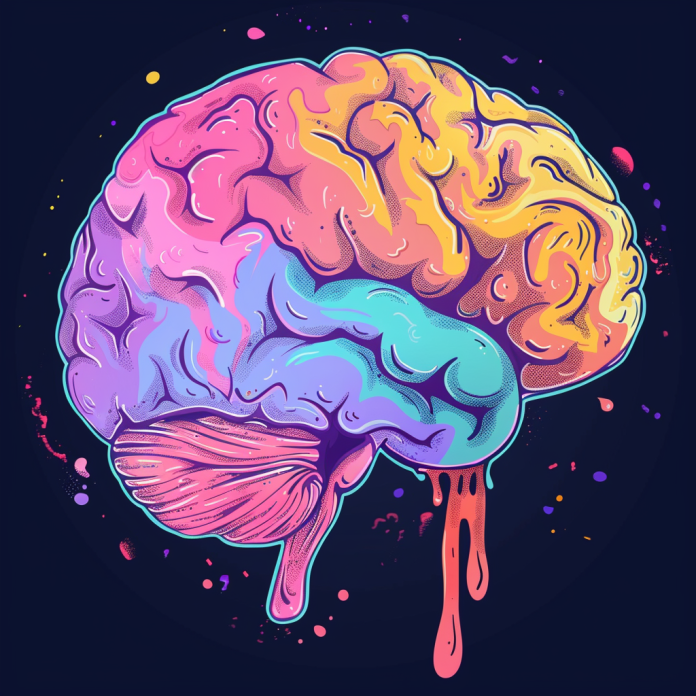I. Introduction to Engaging Activities
Highlighting the importance of engaging activitiesActive and enjoyable activities are key to effective preschool memory training. Immersing preschoolers in captivating and curiosity-sparking activities promotes active engagement, creating an optimal environment for memory retention and cognitive skill development. The pleasure derived from these activities also plays a vital role in motivating children to participate, resulting in improved learning outcomes.
Setting the stage for the role of enjoyment
Prioritizing enjoyment is crucial for effective memory development in preschoolers. When activities are designed to be enjoyable and meaningful, children engage enthusiastically, enhancing cognitive processing and fostering positive attitudes toward learning. Tailoring activities to children’s interests creates a personally resonant learning environment, optimizing memory training outcomes for holistic cognitive development.
II. Understanding Preschoolers’ Interests
Exploring Age-Appropriate Themes and TopicsTo promote active engagement and strong memory consolidation in preschoolers, activities should align with their evolving interests and developmental stages. Leveraging their innate curiosity, educators can weave familiar concepts like animals and everyday activities into memory training exercises, capturing attention and infusing learning with enjoyment. Including diverse themes encourages active participation, nurturing cognitive development and fostering a love for discovery.
Aligning Activities with Developmental Milestones
Aligning activities with preschoolers’ developmental milestones is crucial for effective memory training. Understanding their evolving cognitive capacities empowers educators to scaffold activities for optimal engagement. Preschoolers undergo a critical cognitive evolution, marked by language acquisition and socio-emotional growth. Strategically aligning memory training activities with these milestones ensures challenges are suitable, fostering robust memory retention and multifaceted cognitive growth.
III. Incorporating Playfulness and Creativity
Utilizing Playful ElementsChildhood playfulness enhances memory training through games, storytelling, and imaginative play, making learning enjoyable and promoting crucial cognitive processes. Recognizing play as the primary mode of preschooler learning, educators can infuse memory training with dynamic and interactive elements, encouraging exploration and concept internalization in a way that is enjoyable and conducive to memory retention.
Providing Examples of Creative Exercises
Creative exercises, from memory games to arts and crafts, provide a multifaceted approach to memory development in preschoolers. Engaging multiple senses and cognitive functions, they enhance memory holistically, nurturing imagination and critical thinking. By integrating creative expression and problem-solving into memory training, educators empower children to explore novel ideas, fortifying their memory capabilities. This fosters a learning environment that sparks curiosity, encourages innovation, and cultivates a lifelong love for learning.
IV. Visual Aids and Interactive Materials
Exploring the impact of visual stimuliColorful images, charts, and diagrams significantly enhance memory retention in preschoolers, making learning memorable and engaging. As predominantly visual learners, preschoolers rely on visual cues, making the integration of visual aids crucial in memory training. Educators can leverage these aids to provide context and support, enriching educational experiences and facilitating effective memory consolidation. Using a variety of visually stimulating materials caters to diverse needs, ensuring each child has ample opportunities to engage with and absorb information.
Discussing the incorporation of interactive materials
Interactive materials like puzzles, manipulatives, and multimedia resources provide hands-on learning for preschoolers, actively immersing them in education. Fostering exploration and experimentation, these materials stimulate engagement and facilitate deeper memory encoding. This approach goes beyond visual stimuli, offering a spectrum of sensory experiences. Tactile and kinesthetic engagement caters to diverse learning styles, ensuring every child thrives in their educational journey. Interactive materials also encourage collaboration, fostering camaraderie and shared learning experiences among preschoolers.
V. Tailoring to Individual Learning Styles
Recognizing diverse learning stylesPreschoolers have diverse learning preferences, emphasizing the need to recognize and accommodate these variations for comprehensive engagement in memory training activities. Educators must be aware of and respect each child’s unique learning inclinations, fostering inclusivity and encouraging active participation for effective memory development.
Providing strategies for visual, auditory, and kinesthetic learner
Tailoring activities to suit visual, auditory, and kinesthetic learners is vital for comprehensive memory development in preschoolers. Recognizing diverse information processing, educators employ varied strategies to resonate with individual learning preferences. This approach enhances engagement and ensures optimal memory retention across styles, fostering a conducive learning environment where every child can thrive. Through differentiated instruction, educators empower children to navigate their learning journey effectively, leveraging strengths and overcoming challenges. This multifaceted approach equips preschoolers with tools and confidence for success in memory training while nurturing cognitive growth.













